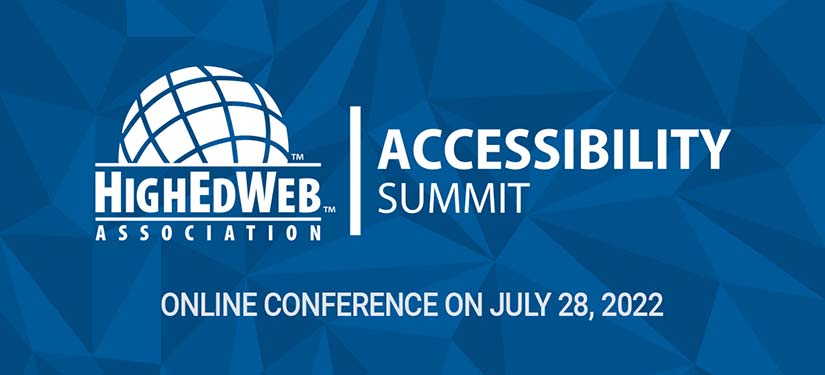Presenters
Troy DeRego — NewCity
Description
Cognitive disabilities are by far the most common type of disability. In fact, it’s safe to say that if we include the effects of aging, head injuries, the side effects of infectious diseases or medications, and environmental distractions, every one of us will experience some form of cognitive impairment at some point in our lives. However, web accessibility efforts to date have mostly focused on vision and mobility impairments. So it’s exciting that WCAG 2.2 will finally add some additional guidelines to address accessibility for cognitive disabilities. Here are three things to focus on to help ensure that your website content is adaptable, distinguishable, navigable, readable, and predictable — for all users:
- The semantic structure of your content
- The use of plain language in your copy
- A workflow that allows the user to focus on one task at a time
Log in
Please log in to access the recording, slides and other session materials. Paid members have full access to the entire library.
New members
HighEdWeb offers several membership classes. Join today as a premium, affiliate, student or institutional member for full access to this session. Become a paid member.
